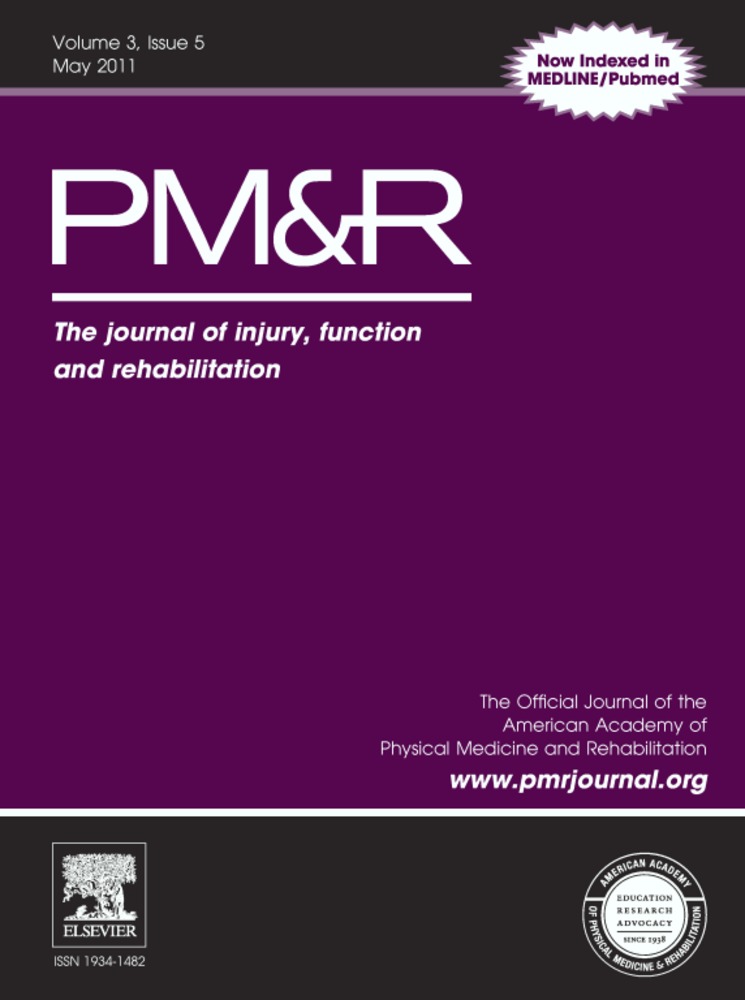Immediate Changes in Spinal Height and Pain After Aquatic Vertical Traction in Patients With Persistent Low Back Symptoms: A Crossover Clinical Trial
Abstract
Objective
To investigate the effect of aquatic vertical traction on spinal height, pain intensity, and centralization response compared with a land-based supine flexion position for patients with low back pain and signs of nerve root compression.
Design
Single-blind, repeated-measures crossover design.
Setting
Outpatient physical therapy clinic.
Subjects
Ninety-eight subjects were recruited using consecutive sampling, with 28 men and 32 women of a mean ± standard deviation (SD) age of 59.6 ± 11.6 years completing testing.
Intervention
Each subject participated in 2 sessions that consisted of loaded walking for 15 minutes, followed by either 15 minutes of land-based supine position or 15 minutes of aquatic vertical traction.
Measurements
Spinal height change, measured using a commercial stadiometer, was determined after completing loaded walking and after each intervention.
Results
The mean ± SD height change of 4.99 ± 2.88 mm after aquatic vertical traction was similar to that of 4.21 ± 2.53 mm after the land-based supine flexion (P = .0969). Paired t-test indicated that both interventions resulted in significant increased height (P < .0001). Decreases in pain after aquatic intervention (2.7 ± 2.1 cm) were significantly greater than decreases after land intervention (1.7 ± 1.7 cm; P = .0034), and centralization of symptoms was more pronounced after aquatic vertical suspension compared with the supine land-based flexion condition (P < .0001). A significant correlation between height change and both pain reduction (r = 0.39; P = .001) and centralization (r = 0.29; P = .013) was observed for the aquatic intervention only.
Conclusion
Although both the aquatic and land interventions produced significant increases in overall spinal height, the aquatic intervention produced greater pain relief and centralization response in subjects with low back pain and signs of nerve root compression.




